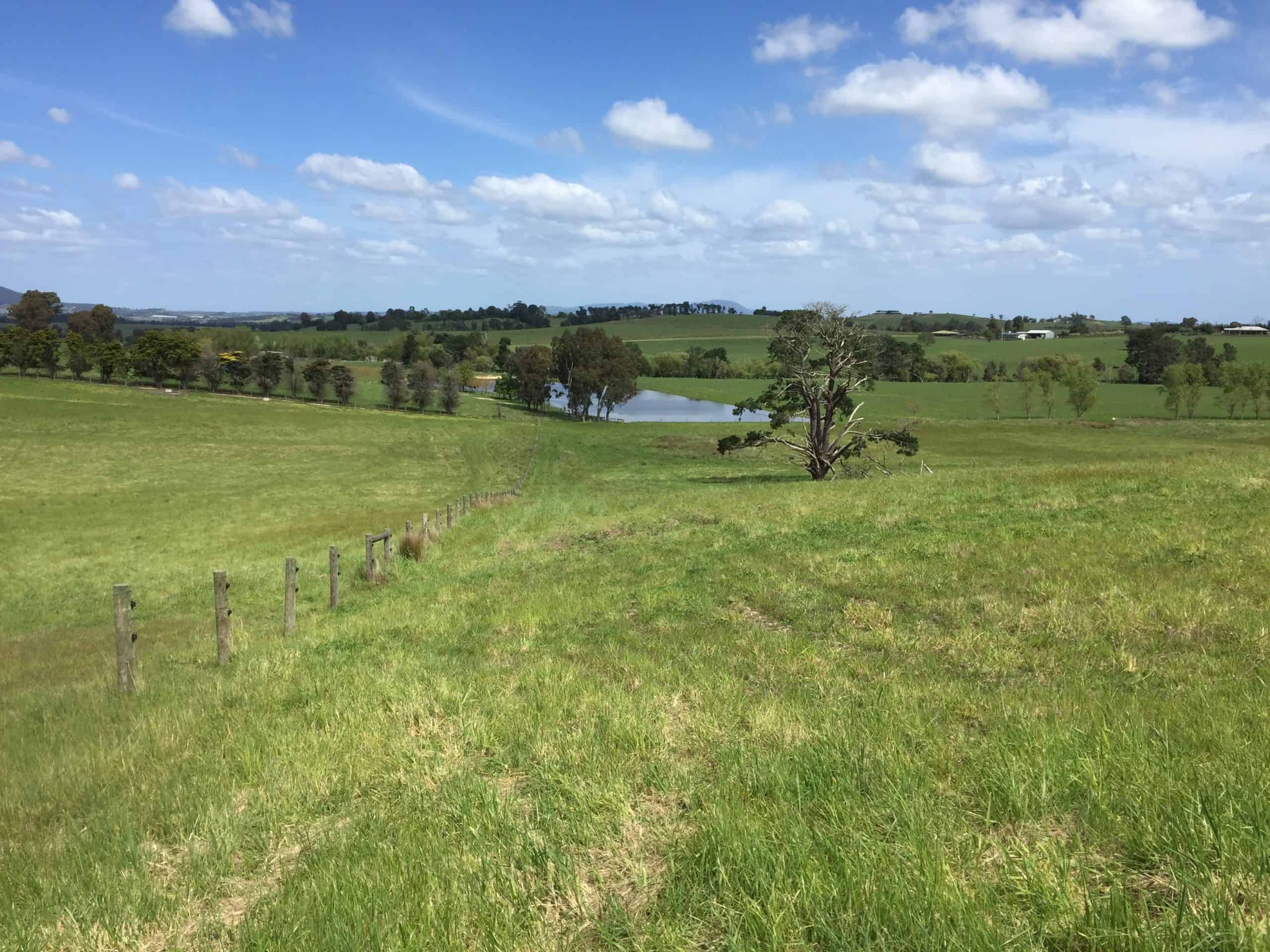Fencing and Managing Your Soils

Don’t fence so fast!
As Dr John Pickard said in his interview with me recently on fencing in Australia, all too often property management starts at the wrong step. We put our fences in, get them all nice and straight in a grid, then wonder why we have problems like weeds, boggy sections, bare patches and uneven grazing. The message is clear. Start with your soil. Understand the capacity of the soils across your property as you may have many different soil profiles. Then, as Stuart Andrews tells us in his interview, look at the terrain. Where does the water flow and how can you keep it on the farm? What plants can you grow to increase the porosity and fertility? Then, look at the sequence of use, avoid monocultures and run multiple species, move the nutrients uphill. This mimics nature and increases productivity.
Just start with soil
Sounds complicated? It does not have to be, everything comes back to the soil. Which brings us to today. Recently I spent some time with Adam Upton, of Upton Agronomy in the Yarra Valley. He was busy sampling soils for a client that has just purchased a grazing property. This person wants to develop a property management plan and they are starting at the beginning. Understanding their soil. Before fencing, deciding on a grazing plan, altering contours, fertilizing or any other management tasks, you need to know the condition of the soils on your property, as well as the capacity of the soils across the various terrains.
Adam explained that soil testing concentrates on two things: the physics (how a soil reacts to water and it’s tendency to erode) and the soil chemistry (the availability of nutrients and their concentration). Soil biology is important too, but good management will take care of that later. For now we are looking at the non-biological factors that impact property management.
Physics
Soil physics determines the ability of a soil to cope with a range of uses. How likely is it to compact? How likely is it to lose structure when worked? Knowing where fragile or vulnerable soils are on your property allows you to fence them off and manage them differently. It also lets you know where areas suitable for alternate uses like revegetation might be located.
Chemistry
Chemistry is best summed up in two ways. First, the Cation Exchange Capacity (CEC) determines the ability of plants to break nutrients away from soil particles. The calcium level (usually amended with lime) often plays a big part in this. Get your soil pH right and you might not have to fertilize at all! The nutrient may have been there all along. Now, assuming you have the pH right, then we can look at individual nutrients. Nutrients are non living molecules that plants rearrange into the stuff of life, like proteins in cells. No nitrogen leads to no growth. No phosphorus leads to no photosynthesis. No potassium leads to no nutrient transport. Plus there are a host of nutrients needed in much smaller amounts that determine a plant’s ability to set fruit (like boron) and have many other impacts on growth. Not having the ideal level of just one nutrient limits the soil’s capacity to produce growth. It doesn’t matter how much of the other nutrients you have, your plants will always be limited by the nutrient that is lacking. This is called Liebig’s Law of the Minimum.
Where to now?
So what does all this mean? Well, Get it wrong, and you will be forever chasing your tail and fixing problems you never needed to have. So, before you get out there and start planning your fences, find out what they are going to do. Remember, fences are a 20-30 year investment, so get it right and your land will thank you with wonderful bounty for years to come.